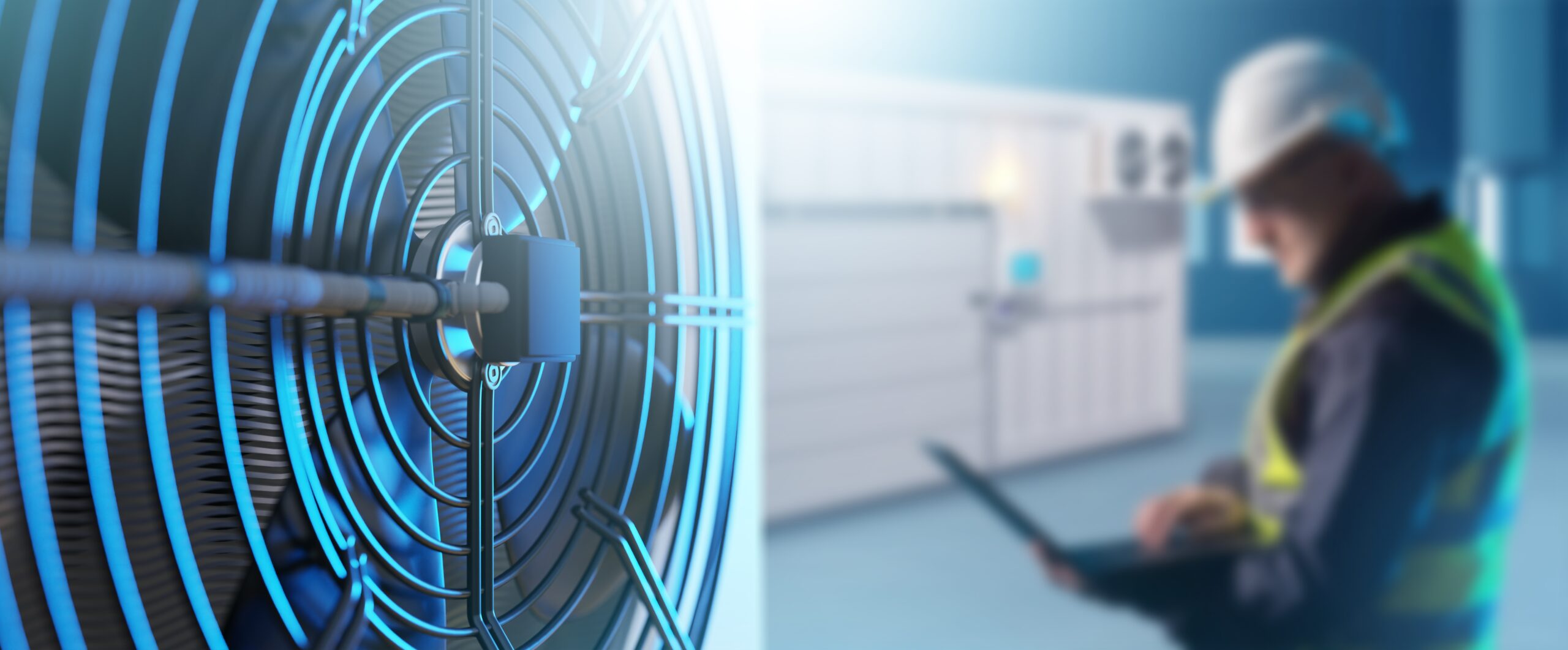
When your home’s heating and cooling system seems to be doing everything but keeping you comfortable, the culprit might not be your thermostat—or even the HVAC unit itself. The issue could lie in something less obvious but just as important: system balance.
An unbalanced HVAC system isn’t just an inconvenience. It’s a building science issue that affects energy efficiency, indoor air quality, comfort, and even the long-term health of your home. But what exactly does “unbalanced” mean in this context—and why should homeowners care?
Understanding HVAC Balance
At its core, a balanced HVAC system delivers the right amount of conditioned air (heated or cooled) to each room in your home, maintaining consistent temperatures and air pressure throughout the space.
When a system is unbalanced, it means that:
- Some rooms may be too hot or too cold.
- Airflow is weak or uneven.
- Humidity levels are inconsistent.
- Energy bills are higher than they should be.
This imbalance is often due to issues with duct design, airflow restrictions, or negative air pressure—not necessarily a faulty AC or furnace. In fact, many HVAC units are working overtime trying to correct a problem that starts elsewhere in the system.
How Imbalance Happens: A Building Science Perspective
This is where building science comes into play. The concept considers how a structure’s systems interact—air movement, thermal dynamics, moisture control, and human behavior all affect how your HVAC performs.
Common contributors to imbalance include:
• Poor Ductwork Design
Ducts that are too long, too narrow, or full of sharp turns can restrict airflow. Sometimes rooms farthest from the unit get the least conditioned air. Even worse, leaky ducts can dump that air into unconditioned spaces like attics or crawlspaces.
• Closed or Blocked Vents
People sometimes close vents to redirect air elsewhere, thinking it saves energy. In reality, this increases system pressure and creates imbalance.
• Inadequate Return Air Pathways
Without proper return vents, air doesn’t circulate properly, leading to pressure differences between rooms.
• Home Additions or Renovations
If new spaces were added to your home without updating the HVAC design, you might be overloading the system.
• Leaky Building Envelope
Cracks, gaps, and poor insulation allow outside air to seep in (and conditioned air to leak out), making it harder to maintain consistent temps.
The Effects of an Unbalanced HVAC System
Unchecked, an unbalanced system can cause more than temperature complaints:
- Higher Energy Costs: Your system works harder to compensate for pressure issues or poor circulation.
- Reduced Lifespan of Equipment: That extra strain can lead to premature wear and tear.
- Humidity & Moisture Problems: Inconsistent airflow can lead to trapped moisture and, eventually, mold or mildew in extreme cases.
- Poor Indoor Air Quality (IAQ): Stale air and lack of ventilation allow pollutants to accumulate.
Signs Your HVAC System Might Be Unbalanced
Not sure if you’re experiencing an imbalance? Here are some red flags:
- Doors that slam shut or drift open without help (a sign of pressure differences)
- Temperature swings between rooms or floors
- Hot or cold spots even with the system running
- Excessive dust despite regular cleaning
- Noise from vents or pressure buildup
How to Fix (and Prevent) an Unbalanced System
1. Get an HVAC Air Balance Test
A professional assessment will measure the airflow from each vent and check for pressure issues. This is the gold standard for diagnosing imbalances.
2. Check Your Ductwork
Seal leaks, insulate ducts where needed, and make sure they’re sized and routed properly. A professional duct inspection can go a long way here.
3. Install Zoned Controls
Zoned HVAC systems use multiple thermostats and dampers to deliver targeted heating and cooling—especially useful in multi-story or large homes.
4. Add or Relocate Vents
Sometimes it’s as simple as tweaking where your vents and returns are located to improve circulation.
5. Upgrade the System if Needed
If your system is too small (or too large) for the space, even the best ductwork won’t solve the problem. A load calculation can help determine the right unit size.
Digging Deeper: Educational Resources
Want to explore more on this topic? These resources offer solid, research-based insight into HVAC performance and building science:
- U.S. Department of Energy: Home Heating Systems
- Energy Vanguard: Building Science 101
- ENERGY STAR: HVAC Maintenance Checklist
Conclusion: Comfort Starts With Balance
An HVAC system doesn’t just keep your house warm or cool—it manages airflow, pressure, and indoor air quality. If it’s unbalanced, your whole home feels off. That’s why understanding the science behind balance matters.
If you’re noticing airflow issues or inconsistent temperatures, it might be time for a professional evaluation. Not only can this improve your comfort and reduce your energy bills—it also helps protect your home’s long-term health.


